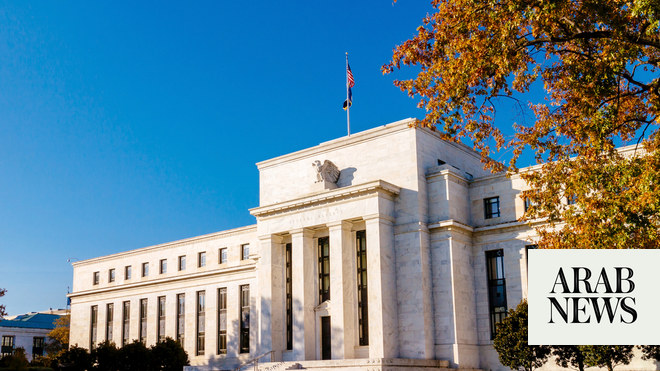
After years of witnessing landlords piling into the Yorkshire buy-to-let market, Bruce Collinson’s estate agency has seen an exodus of late.
What was once a lucrative investment for those with spare funds has become a headache as higher borrowing costs due to rising interest rates have added to a long list of pressures – from the withdrawal of mortgage interest tax relief to the reduction in capital gains tax allowance in recent years.
Large numbers of landlords are selling up, says Collinson, a consultant and chartered surveyor at Leeds estate agent Adair Paxton. As a result, the supply of homes to rent on the market is shrinking. Coupled with soaring demand, this has driven up rents across the country, causing misery for tenants and forcing many younger people to live with their parents.
The property business, which employs 40 people, was created in 1999 from the merger of Adair Davy and Paxtons, two firms of chartered surveyors, estate agents and valuers that have been based in Leeds since the mid-1800s.
Compared with lettings, the sales market is quieter, Collinson says, although “the prosperous bits of Yorkshire are holding up remarkably well”, he adds, referring to the golden triangle, the area of West and North Yorkshire between Harrogate, York and north Leeds where property prices are highest and range from £400,000 to £1m for upmarket homes.
He says: “It’s the commuter belt for the professionals and the self-made millionaires of Leeds and West Yorkshire. And I don’t see any sign of any decline there.”
However, the market for mid- to lower-priced homes has slowed, with volumes and values down. “And that is largely driven by affordability because of the escalation in mortgage interest rates,” he says.
The Bank of England on Thursday kept interest rates on hold at 5.25%, after raising them 14 times since the end of 2021, as it attempts to bring inflation under control.
Collinson welcomed the Bank’s decision, saying it was “likely to forestall the threatened implosion of the residential market. NatWest took 30 points off mortgage rates yesterday and, in a competitive market, others will already be following.”
Economists have outlined two possible scenarios: the Matterhorn – a short, sharp shock where interest rates are raised steeply, which brings inflation more quickly but also probably triggers a recession and would allow the central bank to then cut rates rapidly. The second scenario is the “table mountain” approach – a sustained squeeze where interest rates do not rise much further but stay at their peak for longer.
The Bank appears to be leaning towards the table mountain approach. Asked which is better for the economy, Collinson says: “A plateau but with a 10% incline so rates don’t stay at 5% or 6%, they gradually ease back.”
Looking back, spring was busy as usual but business slowed thereafter, he says. “What happened this year was that there was a traditional spring market with a lot of activity. In July and August my phone stopped ringing … probably because of the escalation in inflation and the base rate.”
“But my phone started ringing again this month,” he says, with relieved customers’ growing expectation that interest rates are close to their peak. “They are thinking, ‘We need to deal with the devil we know. What are we doing, are we moving, are we trading up or down, what are we going to do?’”












